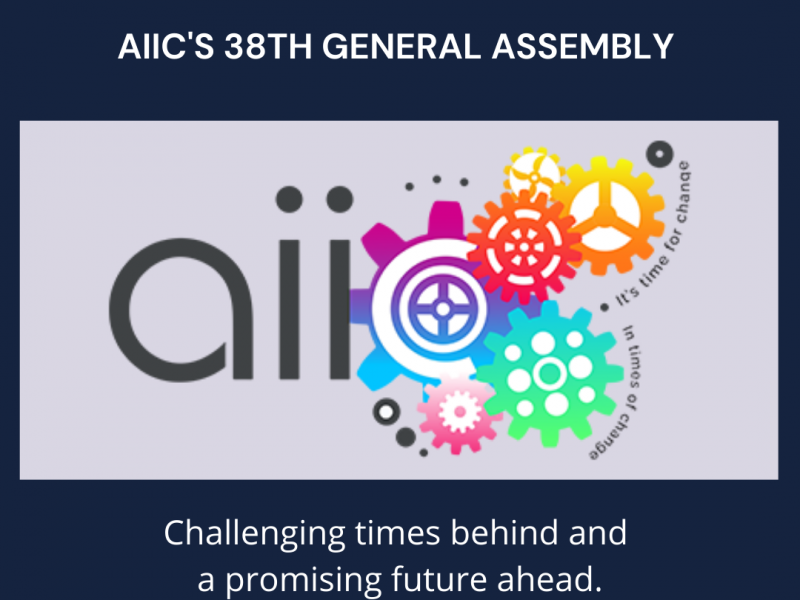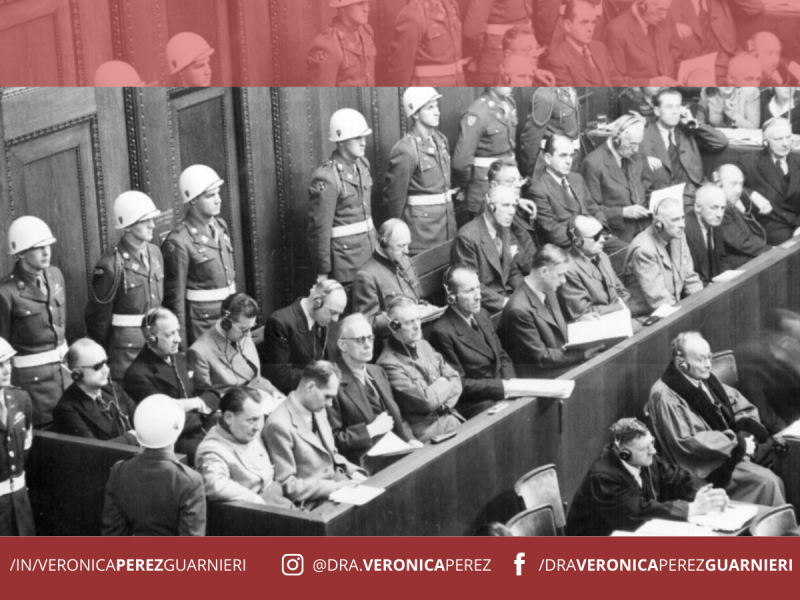A estas alturas, ya sabemos cómo la pandemia de coronavirus ha golpeado a la industria de los eventos. Y los intérpretes han sufrido daños colaterales. El principal mensaje de los gobiernos es que necesitamos aplanar la curva y posponer el pico tanto como sea posible. Y esto significa un distanciamiento social. Por lo tanto, las reuniones y encuentros en vivo no son una opción. Cobran importancia, entonces, los eventos virtuales y la interpretación remota.
Algunos planificadores se han apresurado a hacer lo que la industria ahora llama "pivote a lo virtual". Pero, ¿qué implica? ¿Significa que cualquier evento planificado para el mundo real puede ejecutarse virtualmente? Bueno, no, ese no es el caso. Hay que hacer muchos ajustes, y la interpretación no es un rubro menor. Veamos primero algunas características de los eventos virtuales:
• Aunque los eventos en vivo son consumidores de tecnología, el proceso de planificación y producción de eventos virtuales requiere un alto nivel de destreza tecnológica, que debe adquirirse rápidamente. ¿Qué se debe utilizar? Hay muchas opciones disponibles, pero la mayoría de ellas se han visto desbordadas por el aumento de la demanda, lo que plantea problemas de seguridad y estabilidad. Estas son solo algunas de las muchas opciones disponibles: Zoom, Webex, Pathable Virtual Events, Eventtia, Meeting Play, Virtual Hublio, Glisser, Microsoft Teams for Business, etc.
• Encontrar oportunidades de patrocinio para eventos virtuales puede resultar más difícil en cuanto a los métodos para monetizar los eventos y la disposición de los patrocinadores a hacerlo. ¿Realmente vale la pena patrocinar un evento en el que la gente no tendrá la oportunidad de conocerse cara a cara e influenciarse mutuamente? Si la respuesta es sí, ¿cómo se puede hacer?
• Involucrar a la audiencia es otro desafío. Algunos ejemplos creativos para mantener la atención del público son: ilustraciones en tiempo real durante las sesiones, juegos en vivo y competencias, entretenimiento virtual y más.
• Seguros: los eventos virtuales son territorio inexplorado para las compañías de seguros. Y también tendrán que adaptarse rápidamente si no quieren ver una de sus fuentes de ingresos cerrada durante algún tiempo.
• Y la interpretación (que merece un blog aparte) también tiene que girar hacia lo virtual, con todo lo que eso conlleva. Antes de que nos volvamos a encontrar para hablar de las diferentes opciones de interpretación a distancia, basta con señalar que la Asociación Internacional de Intérpretes de Conferencias (AIIC) insta a sus colegas a que insistan en el cumplimiento de las normas básicas para este tipo de escenarios de interpretación, tal y como se establecen en AIIC's guidelines on distance interpreting, así como también la ISO 20108 on 'Simultaneous interpreting- Quality and transmission of sound and video input' y la ISO/PAS 24019:2020 Simultaneous interpreting delivery platforms — Requirements and recommendations . Asegurar tal cumplimiento beneficiará a nuestros clientes, a los participantes y a nosotros mismos, los intérpretes.
En conclusión
Aprovechemos lo que queda de este año y capitalicemos los eventos virtuales, que serán pospuestos o virtualizados en su mayor parte, no cancelados. Y, al mismo tiempo, esforcémonos por estar al día porque la era de los eventos virtuales sólo está comenzando, y a medida que sigan teniendo lugar, habrá más innovación.



